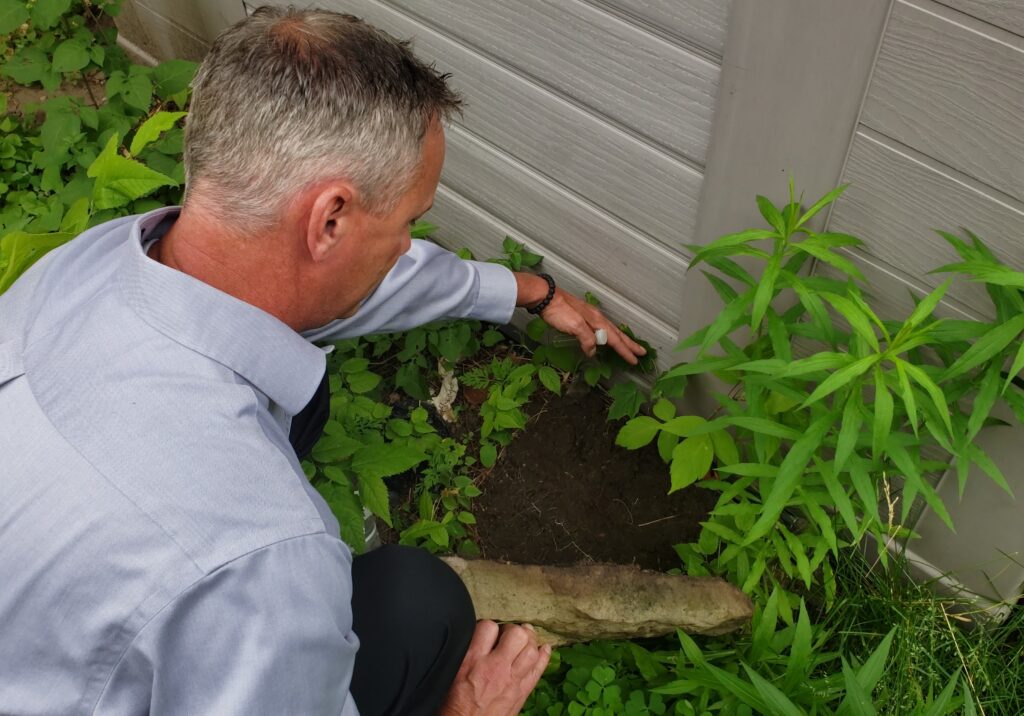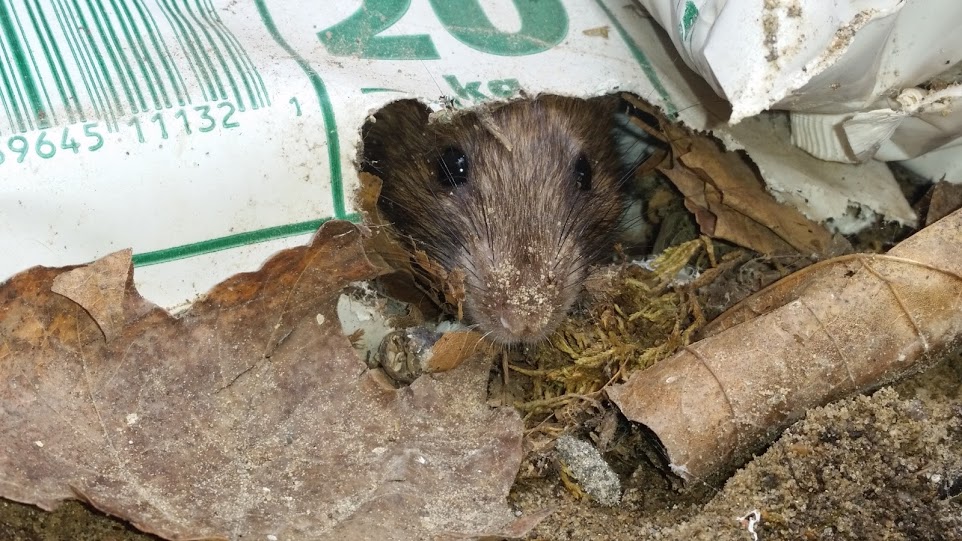Rats are notorious for invading our homes, chewing through wires, and causing destruction. But did you know that rat behaviour can tell us a lot about why they are present and how we can prevent them from setting up residence in our homes? Understanding their behaviour is crucial in developing effective strategies for removal.
In this article, our experts at Skedaddle delve into the science behind rodent behaviour, exploring their habits and tendencies so that you can create an environment that discourages them from sticking around. With the right information and a few proven techniques, you can transform your home into an unwelcoming place for unwanted animals. Whether you’re currently dealing with an infestation or simply looking to prepare your home for possible encounters in the future, this article will provide you with the knowledge you need for effective rat removal in Richmond Hill.
Rat Behaviour in Urban Environments
Understanding these rodents’ behaviour begins with acknowledging their adaptability. In cities, they have proven remarkably adept at adjusting to urban environments. They’ve converted our homes and gardens into their own personal playgrounds.
Foraging Night and Day
Rats are primarily nocturnal. They do their food foraging and socializing when we’re most likely to be asleep. However, this doesn’t mean they strictly adhere to nightlife. In urban environments, where food might be available in abundance, it’s not uncommon to see them active during the day. So, don’t be misled by their nocturnal nature, they can cause havoc around the clock.
Social Structure
These animals live in complex, hierarchical communities. The strongest dominate the food and nesting resources, and these alpha rats maintain order within the group. They exhibit a variety of behaviours to establish their dominance, such as pinning, chasing, or aggressive grooming. So, seeing such activities can signal the existence of a community in your home, necessitating prompt action.
Neophilia Vs Neophobia
These rodents demonstrate an interesting dichotomy of behaviours known as Neophilia (attraction to new things) and Neophobia (fear of everything new). This amalgamation of curiosity and fear makes them hard to control. They might be drawn to new food sources or items in your home (neophilia), but they are also cautious about new things that appear suddenly in their environment (neophobia). That’s why rat traps and baits don’t always work – they are suspicious and may avoid them initially.
Chewing and Gnawing
One of the most disruptive aspects of rodent behaviour is their need to gnaw. This behaviour isn’t just a nuisance; it’s a biological necessity. They have sharp, continuously growing incisors that they need to wear down regularly to keep at a manageable size. They do this by chewing on a variety of materials, including wood, plastic, and unfortunately for homeowners, electrical wires.
Understanding these behavioural patterns can help you stay ahead of them, and it is a critical first step for effective removal. Remember, there’s no one-size-fits-all approach to rodent control; each situation requires a unique strategy. With the right knowledge and approach, you can make your home a little less inviting to these unwelcome guests.

Rats and Disease: Uncovering the Health Risks They Pose to Homeowners
Rodents are not just a nuisance; they also pose a significant health risk. These animals can carry a variety of diseases, some of which can be transferred to humans. Direct contact with rats or their feces and urine, and even through the fleas that they host, can result in serious illness. Here are some key diseases associated with them:
Hantavirus Pulmonary Syndrome (HPS)
Hantavirus Pulmonary Syndrome is a severe and sometimes fatal respiratory disease in humans, caused by infection with hantaviruses. People become infected primarily by breathing in air contaminated with their droppings or urine. Symptoms include fever, muscle aches, and fatigue, eventually developing into serious respiratory issues.
Salmonellosis
They can also carry Salmonella, bacteria that cause a type of food poisoning called Salmonellosis. Infection usually occurs when food or water contaminated with feces is ingested. Symptoms include diarrhea, fever, and abdominal cramps.
Leptospirosis
Leptospirosis, also known as Weil’s disease, is a bacterial disease that rodents can contract and pass onto humans. It can cause a wide range of symptoms, some of which may be mistaken for other diseases. Severe cases can cause kidney damage, meningitis, liver failure, and even death.
These diseases underline the significance of controlling their presence in and around your home. Removal is not just a matter of comfort and property protection, but it is an essential step in safeguarding your health and your family’s well-being.
Prevention and Control
Given the risks rodents present, prevention is always the best form of control. This means making your home unattractive to them by keeping it clean, properly storing food, and sealing any potential entry points. However, if you suspect an infestation, professional removal becomes an urgent necessity.
How to Get Rid of Rats Humanely
Implementing humane and effective methods for removal is not just about being kind to the rodent – it’s also about maintaining the balance of our ecosystem. Ignoring an infestation or resorting to harmful extermination techniques could backfire, disrupting the local fauna and posing even more risk to you and your community. Here’s a guide to navigating the process of removal humanely:
Understanding Rat Habits
To get rid of these rodents effectively, you need to understand their habits and behaviours. Find out where they live, which routes they use to move around your home and identify their food and water sources. Once you’ve gathered this information, you can use it to formulate a rodent control plan.
Cleaning and Maintenance
The first, and most effective step in rodent control is to ensure a clean environment. They are attracted to spaces that provide easy access to food and shelter. Waste management is crucial – ensure that garbage cans are sealed properly and not left open overnight. Regular cleaning and decluttering will also prevent them from nesting in your home.
Seal Entry Points
The rodents may enter your home through small cracks, gaps or holes in the structure. It’s essential to identify and seal these entry points. Use materials that are resistant to gnawing, such as metal mesh or quick-drying cement. Pay particular attention to areas where pipes or wires enter the home, as these are common entry points.
Remember, a one-time removal won’t guarantee they won’t come back. Consistent prevention methods are the key to maintaining a rat-free home. If the infestation persists, it might be time to call for professional help.
Call on Skedaddle for Rat Removal in Richmond Hill
Skedaddle is ready to help homeowners deal with infestations responsibly and effectively. Our team can not only eliminate existing populations but also help you prevent future invasions. Remember, understanding their behaviour and the threats they pose will undoubtedly guide you in maintaining a rat-free home.
Let’s look at some of the reasons why Skedaddle is the best choice for homeowners in Richmond Hill:
- Humane and Effective Methods: Unlike traditional wildlife exterminators, Skedaddle focuses on humane, eco-friendly, and effective rodent removal solutions. This means no harmful chemicals or inhumane traps that can potentially harm other pets or wildlife.
- Experienced Staff: Our team comprises seasoned wildlife control technicians with years of experience understanding and dealing with rodent behaviour. They’re trained to explore and locate colonies, safely remove them, and assist homeowners in adopting preventive measures.
- Prevention Support: After the removal part, Skedaddle extends its support in preventing potential future infestations. We educate our clients about signs of rodent presence, prevention measures, and rodent-proofing techniques.
- Customer Trust and Satisfaction: We take pride in our ability to satisfy our clients and have maintained an excellent reputation over the years. Ensuring the best possible service for homeowners is our number one priority.
Remember, dealing with an infestation isn’t a do-it-yourself task. It requires an understanding of their behaviour, their social structure, health risks, and more. Skedaddle ensures safe, responsible, and effective removal that respects the wildlife we share our homes with. If you suspect an infestation on your property, reach out to the experts at Skedaddle.



